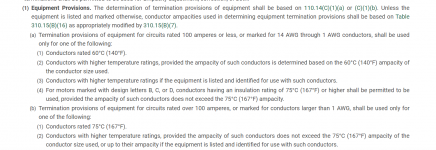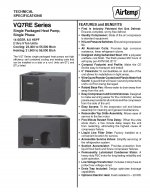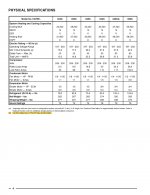payneeco
Member
- Occupation
- Trade School Teacher
Question 1 of Article 440 in the Electrical Exam Prep Book I'm using to study is below. The correct answer indicated on the exam answer key is C) 10 AWG. Intuitively, this is the answer I would expect and agree with the answer key. However, I'm having trouble understanding Table 310.16. It shows 12 AWG as I'm reading it (I'm looking at column that contains THWN-2 for copper and 30 amps requires 12 AWG). The column for TW, UF shows 10 AWG for 30 amps. Can someone help me understand what I'm looking at incorrectly?
An air-conditioning multi motor equipment has a nameplate that indicates a minimum circuit ampacity of 30A and a maximum overcurrent protective device of 60A. The smallest THWN-2 conductors permitted are _______________.
A) 14 AWG
B) 12 AWG
C) 10 AWG
D) 8 AWG
An air-conditioning multi motor equipment has a nameplate that indicates a minimum circuit ampacity of 30A and a maximum overcurrent protective device of 60A. The smallest THWN-2 conductors permitted are _______________.
A) 14 AWG
B) 12 AWG
C) 10 AWG
D) 8 AWG



